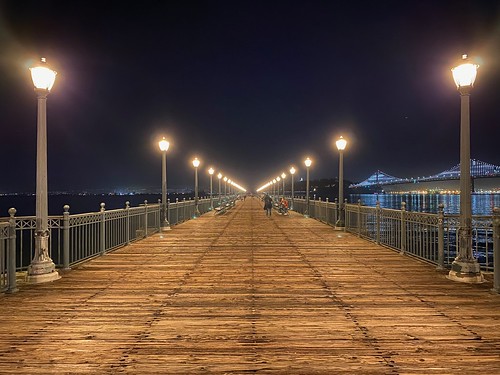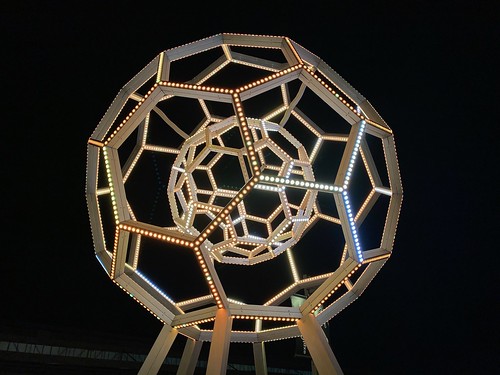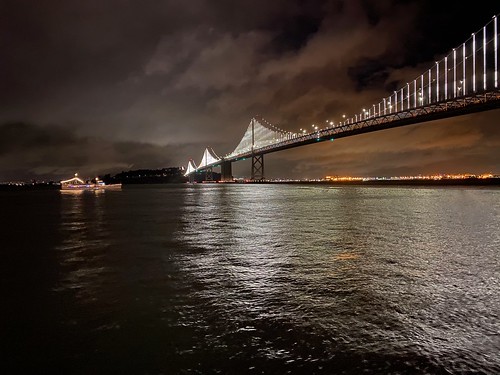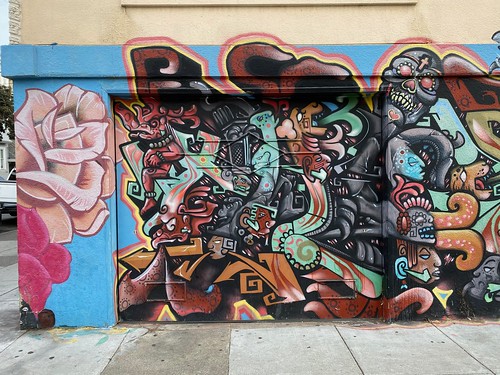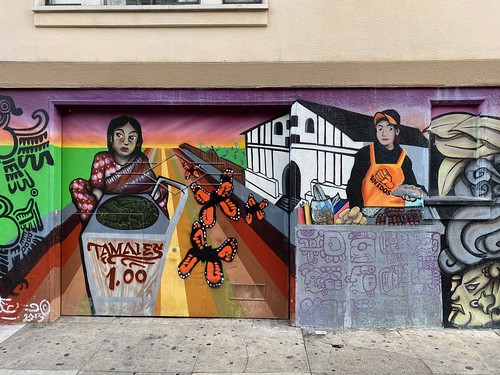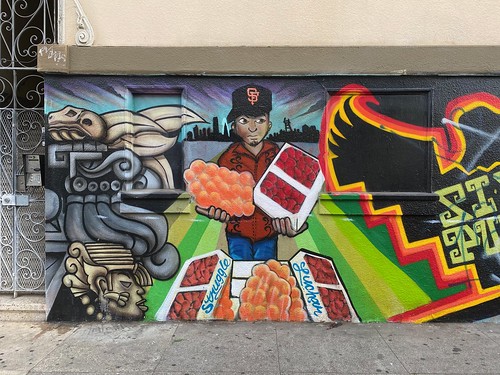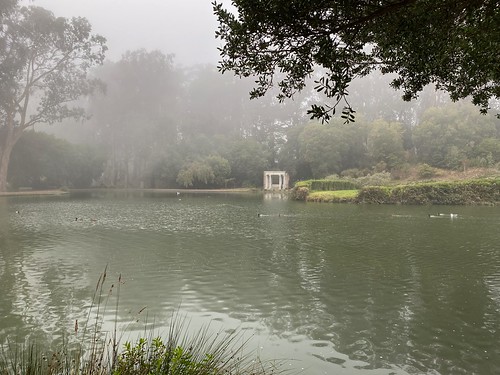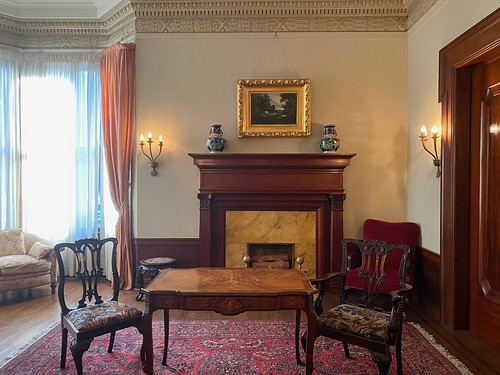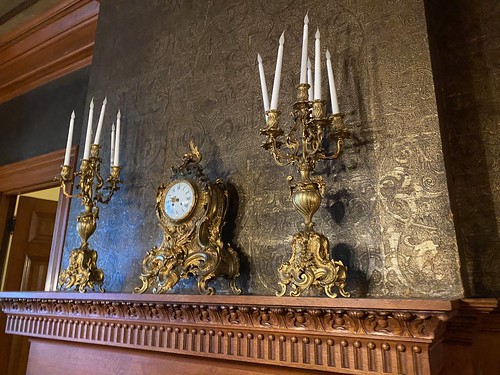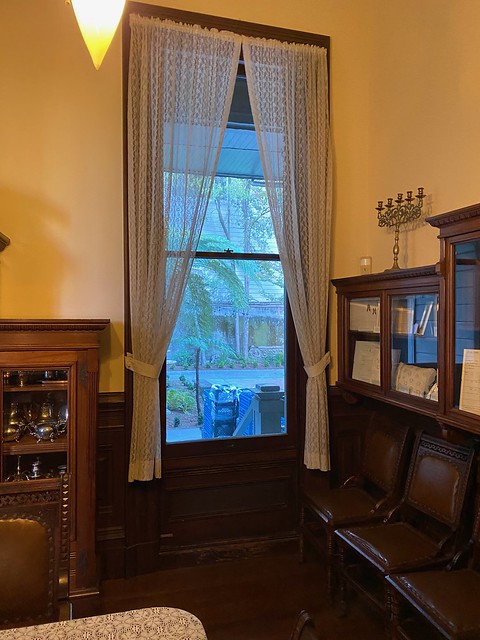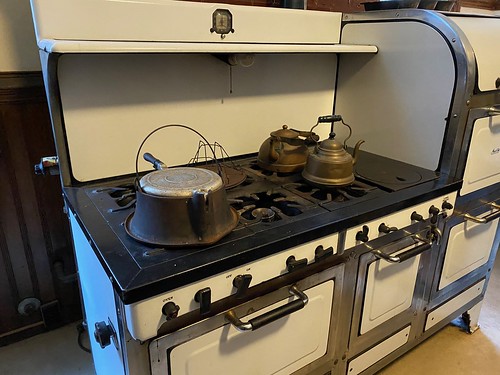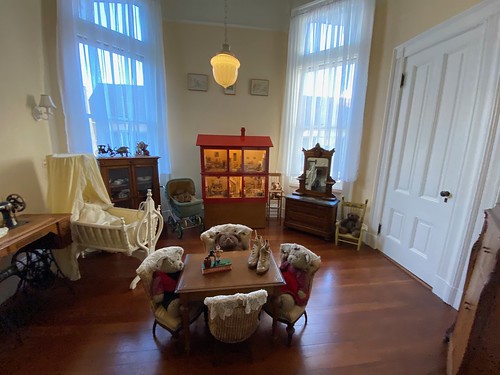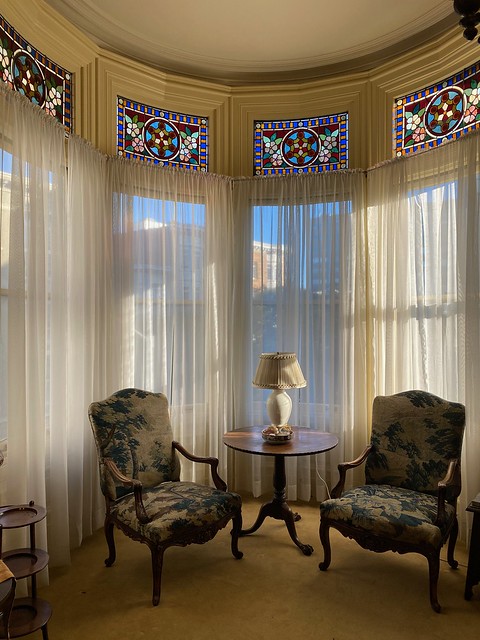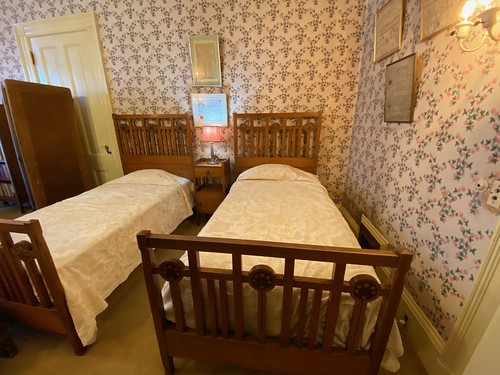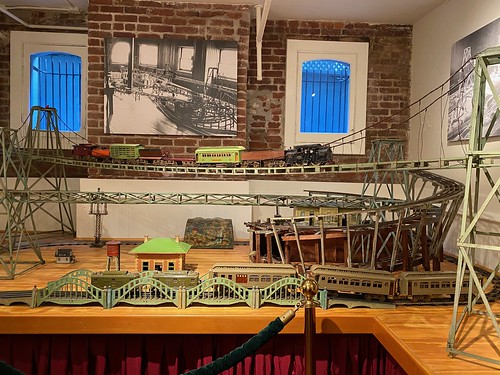Despite intending to on plenty of occasions, I’ve never used this blog to review movies. In an attempt to change that I’ve written up short reviews of movies from the past year or so. Films are reviewed from newest to oldest.
VHYes
In the mid 80’s a boy gets a camcorder and starts filming random stuff with his friend… over his parent’s wedding video. The first half or so of the film is a comedy based mostly around the deeply weird stuff the boys record on late night television including an Antiques Roadshow knockoff with an unflappably chipper host, a home shopping show hosted by a clueless bickering divorced couple, and a Bob Ross style painting show hosted by a woman who’s clearly nuts.
Oh, and there’s an “edited for television” porn flick about global warming.
For the first half of the film’s short 72 running time it’s packed with genuinely funny, though not always original sketches; making fun of low quality TV has been a staple of sketch comedy all the way from Monty Python to, say, Key & Peele.
Unfortunately the film falls apart as it tries to tug all the different threads into a coherent plot, relying on Lynchian nightmare logic to arrive at a conclusion. The ending makes very little sense and drags on far too long for a movie this short.
Best moment: Mark Proksch’s character smiling as he happily describes how a stained antique bowl was used in unsuccessful heart transplants.
Rating: 6/10
Uncut Gems
Howard has a lot of problems: he’s deeply in debt with dangerous mobsters, hopelessly addicted to gambling, and his marriage is failing. His fortunes are finally about to turn around though as he’s acquired an uncut gem (under mysterious circumstances) reportedly worth millions.
When NBA star Kevin Garnett shows up and sees the uncut gem, he insists on borrowing it as he thinks it’s a good luck charm. This triggers a series of events that send Howard further into his chaotic downward spiral.
What sets this movie apart is how it manages to ratchet up the tension for over two hours without much physical action. It’s more of a fast-paced drama than a traditional thriller. The synth-heavy soundtrack somehow pairs perfectly with the tone.
Best moment: I can’t believe I’m saying this, but everything about Adam Sandler’s performance as Howard is perfect. I suspect his reputation for lazy frat boy comedies may have unfairly turned audiences away from this one.
Rating: 10/10
Knives Out
Bestselling mystery novelist Harlan Thrombey died under strange circumstances after a family party at his creepy mansion. As it turns out Harlan has cut off the family financially, so almost everyone at the party has a reason to be angry with him — but would any of them resort to murder?
Private detective Benoit Blanc (Daniel Craig with a goofy southern accent) is hired to solve the murder, but by who? He doesn’t know, which presents a second path to investigate. Like any good “whodunnit” story there’s a lot of twists and turns — and the discovery of a secret passage — before the detective can unravel the mystery.
My only criticism is the movie takes its time in the beginning with a slow setup, though to be fair there’s a good balance between setup and payoff throughout this movie once it gets going.
Best moment: Detective Blanc using the novel “Gravity’s Rainbow” metaphorically, only to immediately reveal he’s never read it and suspects nobody else has either.
Rating: 8/10
Us
When a family travels to Santa Cruz for a vacation, the mother (Lupita Nyong’o) has flashbacks to her unsettling experience visiting the Beach Boardwalk as a child. Her concerns are brushed off… until a family of scissors-wielding doppelgangers appear outside their vacation home one night.
Us blends horror with social commentary and a few dashes of humor, which won’t be a surprise for those familiar with Jordon Peele’s previous film Get Out. This time around the same ingredients are much better prepared and presented.
Everything gets a little doughy in the middle of the movie when the characters start killing each other. After a certain point it feels like you could take a bathroom break and still know who killed who.
Best moment: Without spoiling it, the twist ending left me thinking about this movie for days. If you like this movie you’re going to want to see it a second time.
Rating: 8/10

